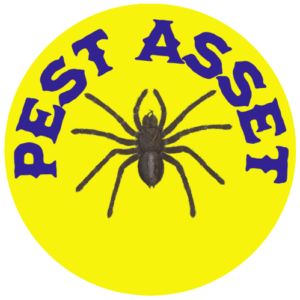When it comes to maintaining a pest-free home, knowledge is your greatest weapon. House centipedes, while harmless to humans, can be unwelcome guests due to their unsettling appearance and rapid movements. Recognizing the signs of a house centipede infestation is crucial for swift action. In this comprehensive guide, we’ll delve into the subtle indicators that these multi-legged creatures have taken up residence in your home.
1. Nocturnal Sightings: Unraveling the Nighttime Activities
House centipedes are primarily nocturnal creatures, seeking refuge in dark and damp areas during the day and emerging at night to hunt for prey. If you’ve noticed quick and agile movements in the corners of your rooms during nighttime, it could be a telltale sign of a house centipede infestation. These elusive insects prefer to stay hidden from the daylight, making their presence more noticeable when the lights go out.
2. Shed Exoskeletons: The Trail They Leave Behind
As house centipedes grow, they shed their exoskeletons multiple times. These discarded exoskeletons are a clear sign that an infestation might be underway. Keep an eye out for these translucent, thread-like structures in areas like basements, crawl spaces, and bathrooms. Finding several shed exoskeletons over a period of time could indicate a thriving population of house centipedes in your home.
3. Moisture and Darkness: Creating the Perfect Habitat
House centipedes thrive in environments with high humidity and darkness. They are commonly found in spaces like bathrooms, basements, and even closets. If you’ve noticed an increase in humidity levels within your home, it’s essential to address it promptly to prevent the conditions that house centipedes adore. Proper ventilation, dehumidifiers, and fixing leaks can help create an environment that is less appealing to these pests.
4. Predatory Behavior: Keeping Other Pests in Check
One unexpected benefit of having house centipedes in your home is their voracious appetite for other pests. They are natural predators, feeding on insects like spiders, roaches, and ants. If you’ve observed a decrease in the population of these pests but have also noticed more centipedes, it could be a sign that they are present and active in your living space.
5. Exploring Entry Points: How They Invade Your Home
Understanding how house centipedes enter your home is a crucial step in preventing infestations. These pests can slip through even the tiniest cracks and gaps around windows, doors, and foundation walls. Conduct a thorough inspection of your home’s exterior and seal any potential entry points. By fortifying your home’s defenses, you can significantly reduce the likelihood of a house centipede infestation.
6. DIY Prevention Measures: Taking Control of the Situation
If you suspect a house centipede infestation or want to prevent one, there are several proactive steps you can take:
- Declutter: House centipedes thrive in cluttered environments. Regularly declutter your living spaces to minimize potential hiding spots.
- Regular Cleaning: Keep your home clean and well-maintained. Regular vacuuming and dusting can help eliminate their food sources and hiding places.
- Sealing Cracks: As mentioned earlier, sealing cracks and gaps in your home’s exterior can prevent these pests from infiltrating your living space.
- Reducing Humidity: Address any moisture issues promptly by fixing leaks, using dehumidifiers, and improving ventilation.
Conclusion
Detecting a house centipede infestation requires keen observation and prompt action. By staying vigilant and addressing conducive conditions, you can create an inhospitable environment for these pests. Remember, prevention is key to maintaining a pest-free home, and understanding the signs of a house centipede infestation is the first step toward achieving that goal.
With this comprehensive guide, you are now equipped with the knowledge to identify the signs of a house centipede infestation and take effective measures to prevent it. By incorporating these insights into your pest management strategy, you can maintain a comfortable and centipede-free living space.


